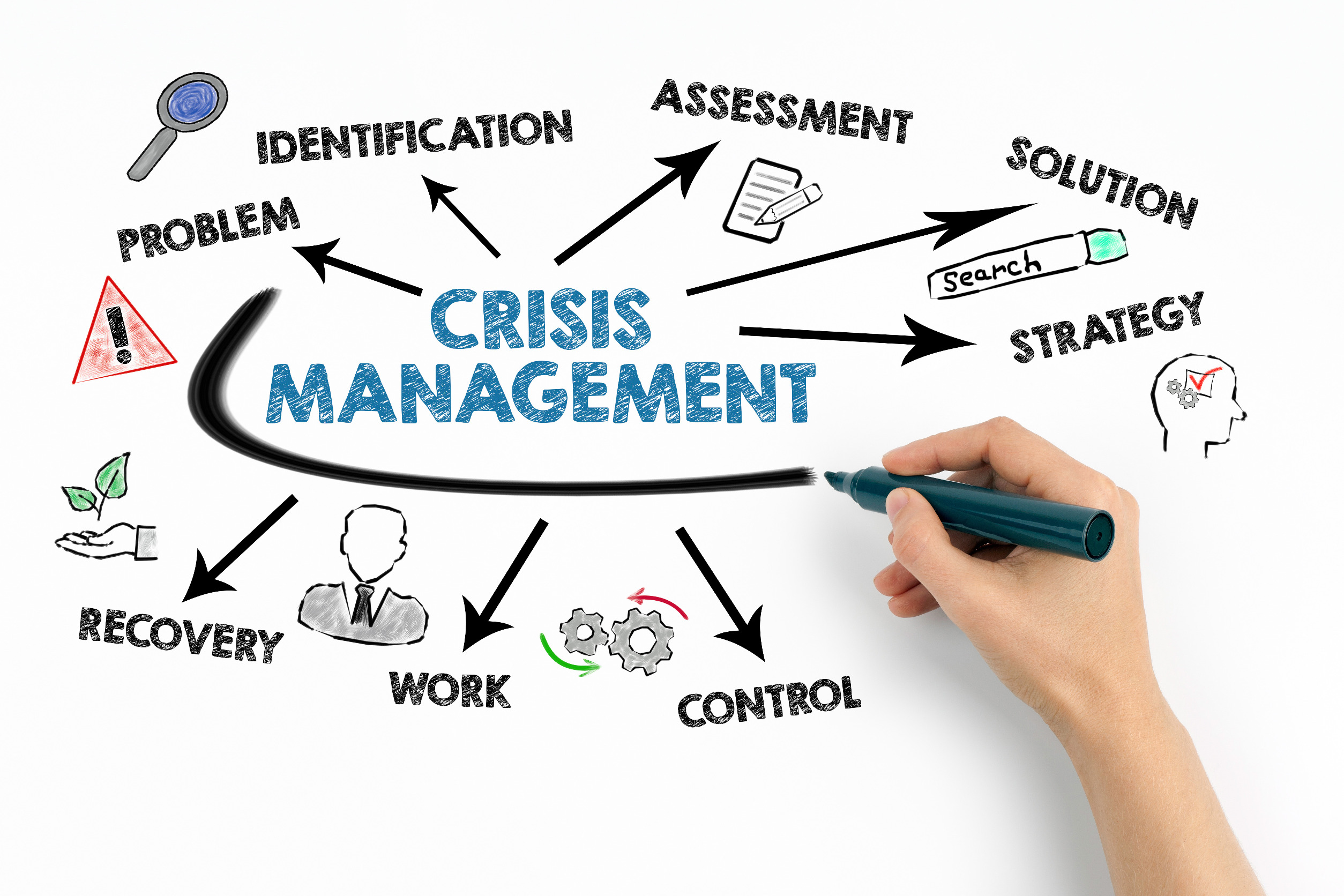To me, she is one of the best therapists in the country. She knows me and my cultural and family background so well that I cannot think of any other person to go to when I need to vent. She is a blessing in my life.
One summer day, we had an extra-long session. I was mad at her. She kept telling me I should change my mindset around an issue in my life. She kept telling me why. Her words were fancy and generic, and the longer we talked, the more confused I became! I knew she was right, but I did not know how to change. I wanted my problem to get solved. I was ready to change my mindset, but I needed a structure, a step-by-step system to tell me how to take action. I am an intuitive person, but I am also analytical.
I told her that I would not continue my therapy sessions unless she gave me an outline of upcoming sessions: what are the steps, what is my homework for each step, what are the expected results?
I know, therapy does not work like that! She acknowledged that I needed a sense of control over my journey ahead and the preparation to avoid surprises. She eventually gave me an outline to calm my mind, and that was when I started resolving my issue.
In my first two articles, I talked about Design Thinking as a mindset shift. I know that we all need a structure around changing our mindsets. The human mind needs a framework around complexity to simplify it and to have a sense of control over it. This applies even more dramatically to us, change management practitioners, because we are constantly bombarded by new models and techniques.
Have you ever searched the keywords “Design Thinking” on Google image? If not, I recommend you do so. You will find many colourful models. The number of different approaches is overwhelming! You might remember that in my first article I said that Design Thinking is not another model. If so, then what about all these models?
These “models” are actually structures or frameworks that help us transition to a new mindset. Each one has six common steps, two common characteristics and one underlying core principle.
I call the steps Design Thinking practices. Just like what a designer would practice when creating a design. They are:
- Empathize
- Define
- Ideate
- Prototype
- Test
- Implement
The two common characteristics of all the frameworks you see:
- Iteration
- Divergence-Convergence
And the principle is Co-creation.
Let me explain each practice and how it relates to change management.
Empathize
According to the Merriam Webster Dictionary, empathy is “the ability to share someone else’s feelings.” Design thinking at its core is the process of understanding the situation through our stakeholders’ eyes, recognizing where it can be improved, and then creating a better future for the people involved. This is similar to what we do before creating change plans, we first ask:
- Who are our stakeholders?
- What is their current experience?
- How could it be improved?
Define
Before crafting any change, including strategy and planning any change tactics, we should make sure we are solving the right problem. An example is a useless communication plan: either the channel is not right for the sender, or the message itself doesn’t resonate with them. One main problem here is that we do not speak the same language as the receivers. We craft the message without defining what the problem is and what this communication is supposed to convey.
Ideate
Here is when practices such as brainstorming help us to identify solutions. One of the reasons that brainstorming sessions fail is that we do not brainstorm solutions for the right problems. When we get it right during the define step, we can ideate solutions that match the problem that needs solving. Also, in Design Thinking, we do not create change tactics for the stakeholders; we co-create them with our stakeholders.
Prototype
One of the most tangible differences between Design Thinking and traditional business thinking is the idea of prototyping. A prototype is the design of the first change tactic from which other tactics are developed. Often what the stakeholder wants is not what they communicate or what we understand. By making a small sample, we can get feedback and agree on something tangible.
Test
The testing step or practice enables us to learn and course-correct before rolling out the large-scale change plans that we are not sure will work. This pilot saves us time, money and stress.
Implement
Implementation is not always talked about as a Design Thinking practice. However, I want to emphasize it because if the significant scaling does not happen after the testing phase, we cannot measure our change tactics’ actual effectiveness and realize the required benefits.
During each step, we iterate, and we learn. The nature of Design Thinking is divergence and convergence of thinking, moving between expansive and narrow contemplation. In each step, we broaden, and then we narrow down.
The Design Thinking framework helps us identify the problem or issue we need to solve, identify the best solution, and implement it effectively. It helps us transition to a new mindset about managing change, just like I did with my personal issue starting on the long summer day.
In the following articles, I go more into detail and discuss how we can practice each step of Design Thinking and how it can integrate into our current change management methodologies.
To your personal and professional growth,
Dr. BehNaz Gholami

























